Do you love mild, crisp peppers in a broad spectrum of colors? Or hot red chili peppers that make your taste buds tingle and your eyes water? Grow peppers in your garden and you’ll have an assortment to add bold flavor to soups, stews, stir-fries, sandwiches, salads, and salsa.
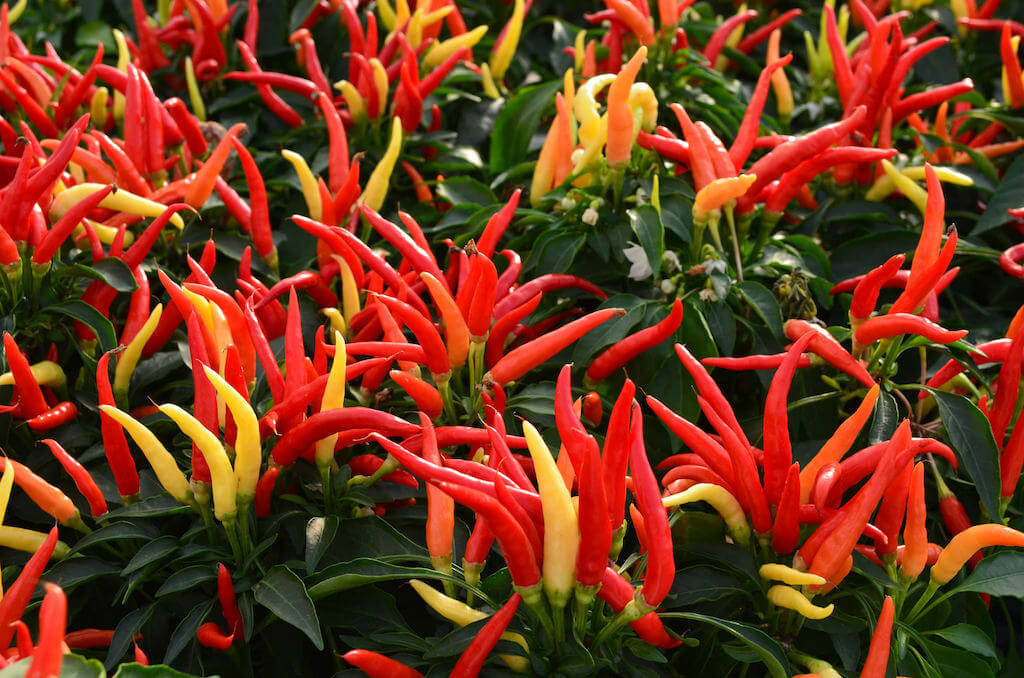
Folks who say they don’t like peppers often change their minds once they taste a garden-grown, fully-ripened pepper.
Peppers Are Easy To Grow
Peppers are a cultivar group of the plant species Capsicum annuum, a member of the nightshade family, Solanaceae. They’re botanically related to potatoes, tomatoes, and eggplant.
Using companion planting techniques, peppers are easy to cultivate in the home garden. Read on to discover how companion planting, or grouping complimentary plants together, can maximize garden space, enhance flavor, repel insect pests, boost growth rates, and increase yields of food crops in the homestead garden.
Peppers, tender perennials typically grown as annuals, require a long, hot growing season. Native to Mexico, the West Indies, and Central and South America, peppers do best in a full sun location and prefer nutrient rich, well-drained soil. Enhance soil prior to planting with a generous amount of aged herbivore manure (sheep, goat, horse, cow, lama).
Companion Plants For Peppers
In the home garden, companion planting serves a diverse array of purposes ranging from attracting beneficial pollinators and insects, providing a wind barrier or shade for neighboring plants, crowding out weeds, as well as drawing insect pests away from other food crops. Companion planting is also one of the best ways to avoid using noxious chemical products to fend off bugs or fertilize garden plants.
Here are some flowers, vegetables and herbs that will compliment your pepper patch.
- Radishes: Easy to grow from seed in as little as 3-4 weeks, radishes planted around peppers enhance flavor, maximize garden space, and provide attractive ground cover to choke out weeds.
- Peas And Beans : Both of these vegetables fix nitrogen in the soil, cover bare ground to control weeds, and enhance the flavor of peppers.
- Chives, Onions And Leeks: Cultivating onions, chives or leeks around the perimeter of your pepper patch enhances flavor and helps deter aphids and other garden insect pests. Chives are a perennial plant, so planting once will provide flavorful chives year after year. Chives also attract bees and butterflies to the garden .
- Basil:Basil repels aphids, ants, mites, slugs, flies, certain beetles, and a host of other garden pests.
- Marigolds, Nasturtiums, and Petunias: In addition to adding a splash of brilliant color to the garden, marigolds, nasturtiums, and petunias help deter beetles, aphids, whiteflies, squash bugs, and other common garden pests.
- Lettuce, Spinach and Chard: Low-growing with shallow roots, these garden staples provide an edible ground cover that helps control weeds.
- Tomatoes – Peppers and tomatoes are “good neighbors” as tomatoes help keep the soil free of harmful soil nematodes and ward off beetles.
- Dill: Growing dill in the garden attracts pollinators and other beneficial insects while repelling spider mites and aphids.
- Parsley: Many flavorsome herbs make excellent companions for peppers. Parsley, high in vitamins and rich in flavor, can be grown with peppers. Parsley attracts predatory wasps, which help control aphids and tripe.
- Marjoram, Oregano And Rosemary: Cultivate these pungent and flavorful herbs near peppers to enhance flavor and to repel insects.
- Geraniums: When planted adjacent to peppers, geraniums add color to the garden plot and repel Japanese beetles.
Plants To Avoid Planting Near Pepper Plants
Several common garden plants should not be planted in close proximity to pepper plants, as they may harm one another. Mustard plants and Brussels sprouts should not be grown close to peppers. Also, members of the plant family Brassica, which includes cabbage and broccoli, should not be grown in the same area as pepper plants. Fennel, soybeans and lima beans are also poor companions for pepper plants.
Types Of Peppers
Sweet peppers and chili (hot) peppers are the two basic chili types. Chili peppers are typically used in small amounts as a food seasoning. Sweet peppers are used as a vegetable. Peppers vary greatly in shape, size and heat level.
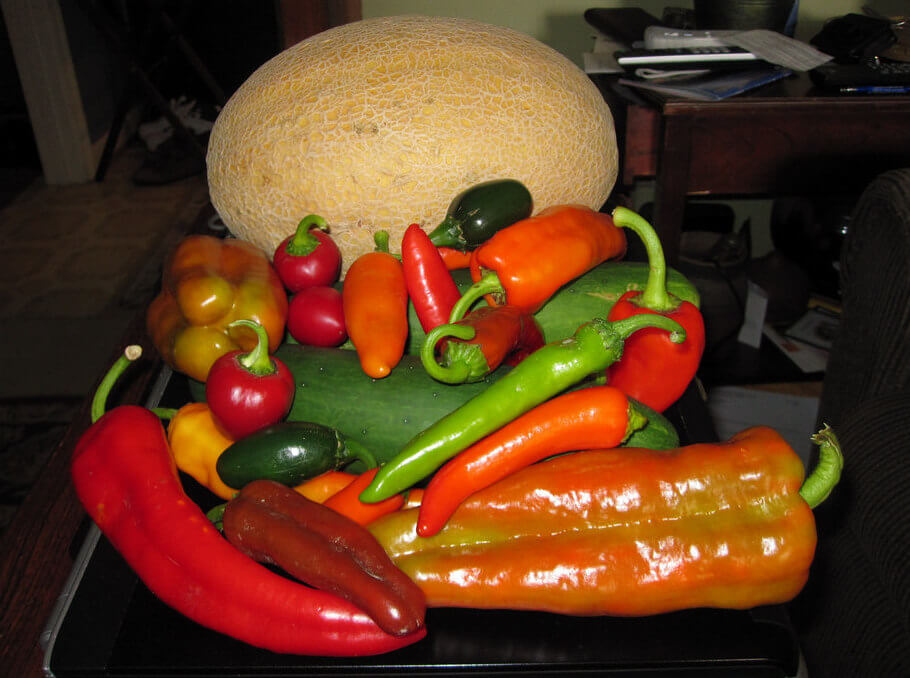
According to the Washington State University Extension Service, “bell peppers are considered to be sweet with no significant heat. Pepperoncini, banana pepper, and Anaheim pepper are relatively mild-flavored peppers. Meanwhile cayenne, Hungarian wax, jalapeño, Serrano and chipotle peppers may pack significant heat. Habanero and pequin peppers can be insanely spicy hot.”
In the United States, sweet bell peppers are the most popular. Bell-shaped with three to four lobes, sweet bell peppers are green, yellow, orange, red, brown, or purple, depending on the variety and the level of ripeness.
The majority of bell peppers sold in the marketplace are picked at the mature green stage: fully developed, but not yet ripe. When allowed to ripen on the vine, bell peppers start to turn red—these peppers have more flavor and more nutrients.
Bell peppers are mild and flavorful, with a crunchy texture. If you like a pepper that is a bit spicier, try Mexi-Bells, a smaller sweet bell pepper with a slightly more intense flavor.
Pepper Planting Tips
- Set your pepper plant seedlings out after all danger of frost is past and the soil is warmed and days are sunny. Peppers grow well in containers, pots, raised beds and in-ground gardens.
- Plant peppers 24 inches apart to allow them room to grow. Space rows 12-to-24 inches apart.
- Water pepper transplants immediately and be sure to keep soil uniformly moist until plants are well established. Peppers require about two inches of water per week, and more when summer days are hot and arid. Do not let pepper plants dry out between watering.
- Cover soil around each plant with mulch (grass clippings, straw, or chopped leaves) to keep soil moist and cool.
- Surround pepper plants with stakes or provide a tomato cage to support the plant and bear the weight of the peppers as they mature.
Although peppers are self-pollinating, they will also cross-pollinate. Different types of peppers should be isolated from one another if you intend to save the seeds for planting next season. They will cross-pollinate if intermixed.
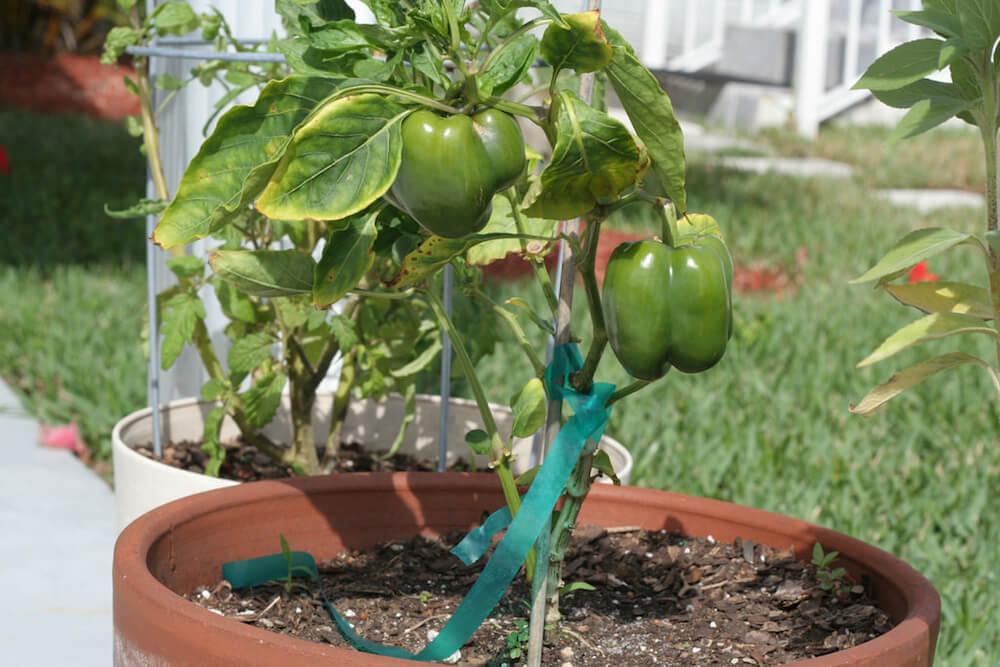
If different varieties of pepper plants pollinate each other, the seeds and the resulting plants will exhibit characteristics from each parent plant. That will influence the appearance and flavor of the new crop. However, if you don’t plan to save seeds, you can plant different types of peppers adjacent to each other.
Harvesting Pepper Plants
Harvest peppers with a knife or shears as they mature, then store in the fridge. Peppers stored in the refrigerator crisper stay fresh for up to three weeks. Peppers can also be canned, pickled, dehydrated, or cored and chopped to store in the freezer.
The Georgia Department of Agriculture suggests several different ways to use and enjoy fresh peppers from the homestead garden:
- Stuff bell peppers with rice, meat or salad fillings for a delicious side dish.
- Brighten up tossed salads with bell pepper slices.
- Grill bell peppers with tomatoes, onions, chicken, shrimp or beef for succulent shish kebabs.
- Combine sliced bell peppers, cauliflower and broccoli with a vegetable dip for a healthy afternoon snack.
- Stir fry bell peppers with chicken, pork or beef.
- Add bell peppers to pasta salads.
- Chopped bell peppers add flavor and crunch to chicken or tuna salads.
- Mix bell peppers in soups or stews for extra flavor.
- Make a colorful pasta primavera using a selection of peppers and other vegetables.
References
- Growing Peppers In The Home Garden – Washington State University Extension Service
- Types Of Hot Peppers — SheKnows
- Types Of Sweet Peppers — Berkeley Wellness
- Georgia Grown Peppers — Georgia Dept. of Agriculture

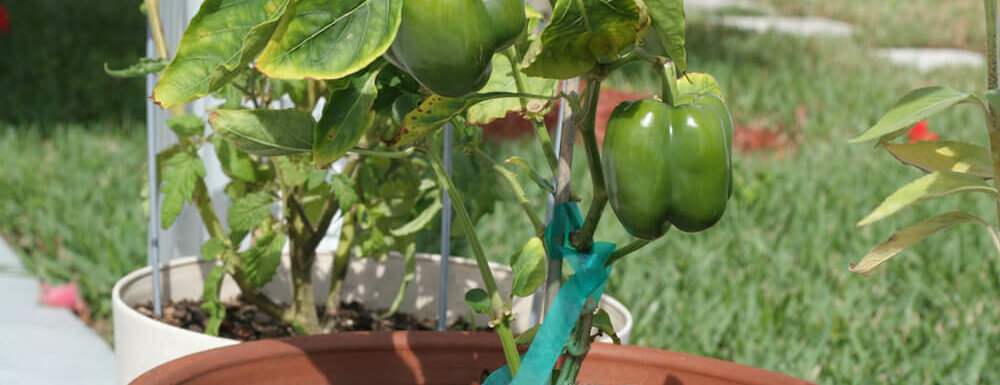

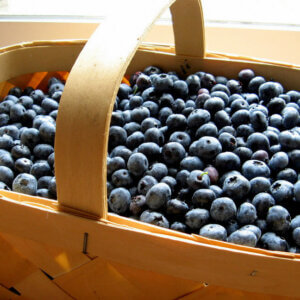






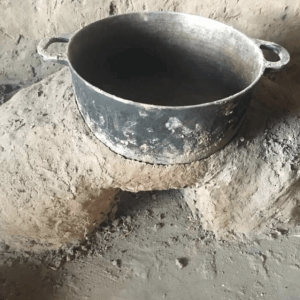
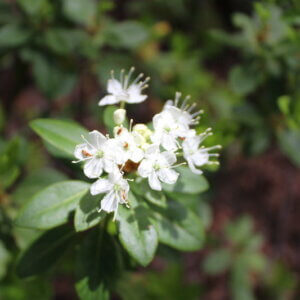
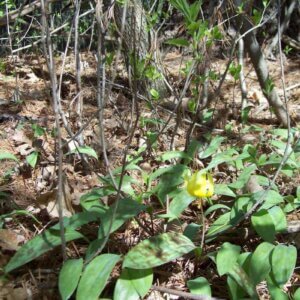

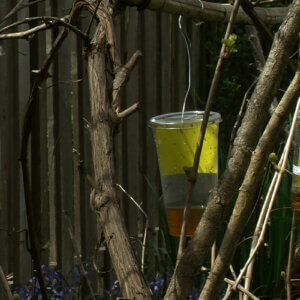




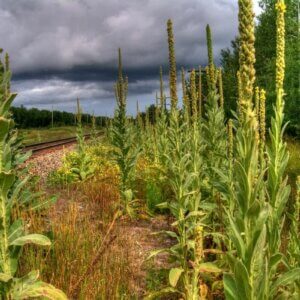

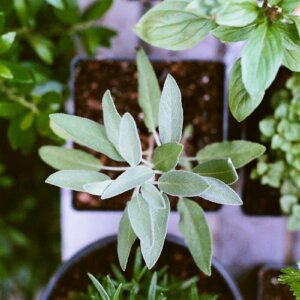

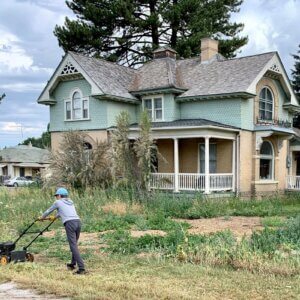
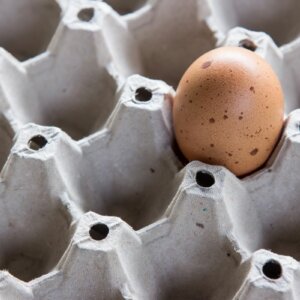



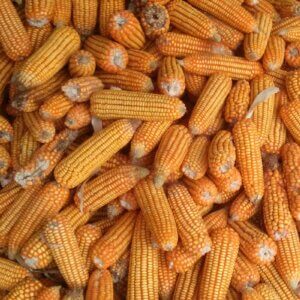



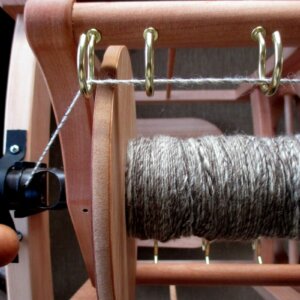
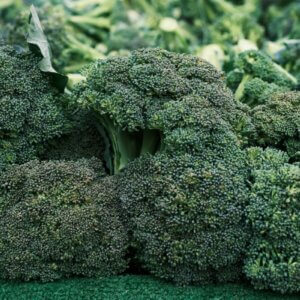





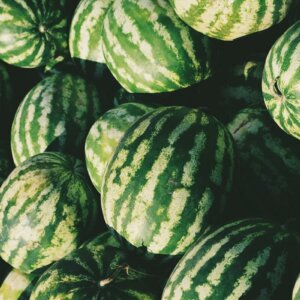


This is a very nice and detailed article about good neighbors for chili plants! Likewise the tips are very helpful as well as over the different types of chilis. Many thanks and greetings from Germany.